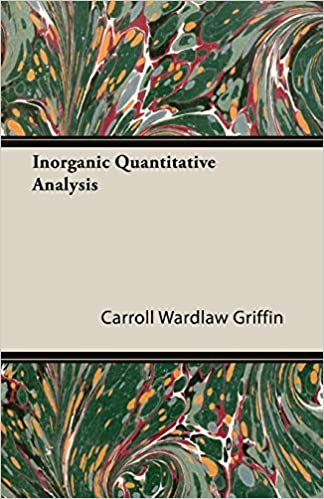General information about precipitation titration
These titrations are based on precipitation reactions.
The best known is Mohr method, using Ag+ as a titrant in chlorides (or bromides) determination. Titration with thiocyanates - so called Volhard method - can be used for Ag+ determination, or for indirect determination (thorugh back titration) of chlorides. There are also other, less known precipitation titrations, for example sulfuric acid can be used to determine Ba2+ and ferrocyanide to determine Zn2+.
Changing property of the solution is the concentration of precipitated substance. As its concentration changes by many orders of magnitude, and is almost always smaller than 1, we use negative logarithmic scale, similar to that used in pH definition.
To detect end point of the titration we use substances that react with the excess titrant creating strongly colored compounds. These can be for example red silver chromate that starts to precipitate after all chloride has been removed from the solution, or iron (III) thiocyanate complex, created after all silver was precipitated as silver thiocyanate.




